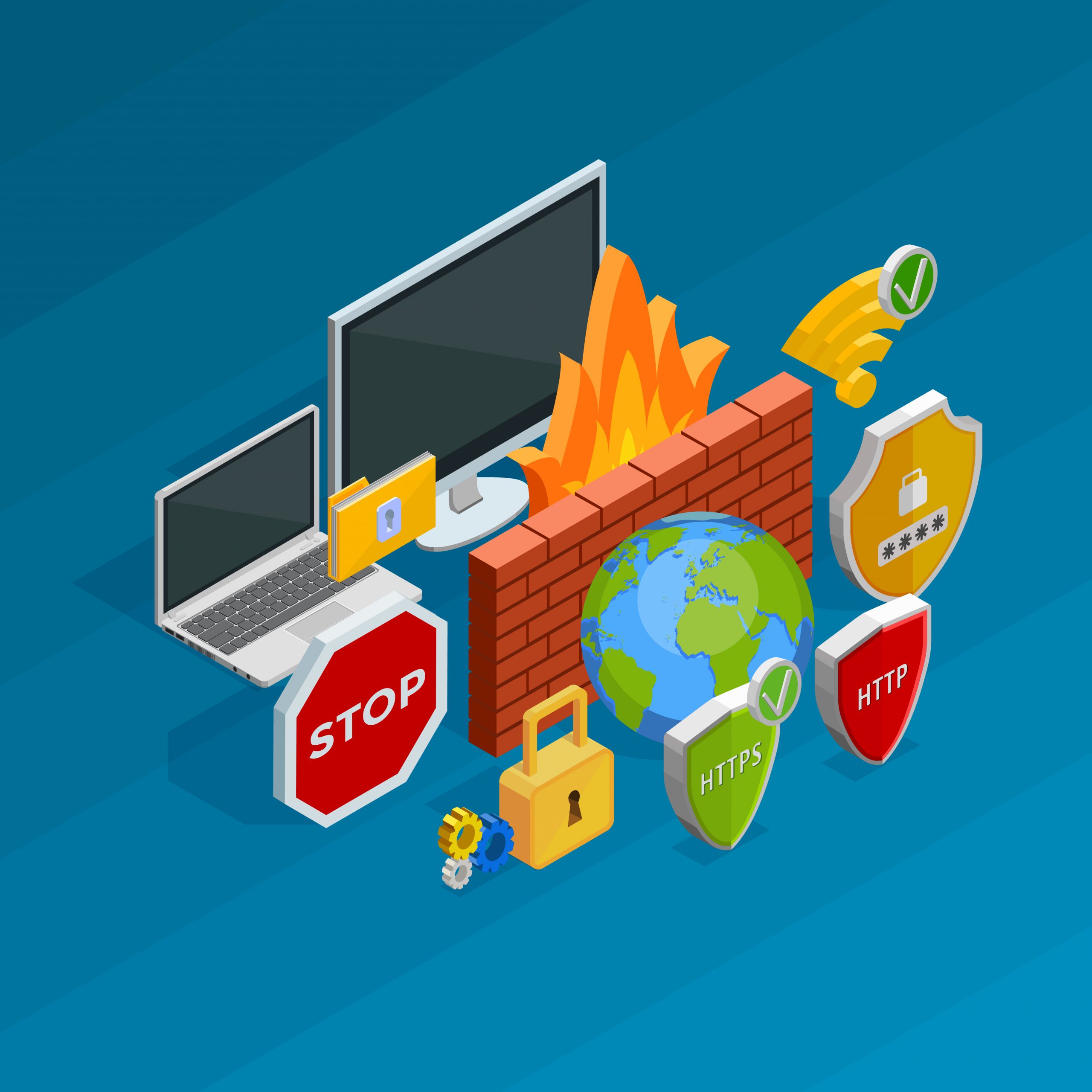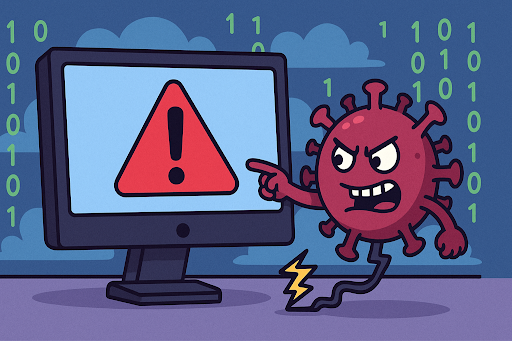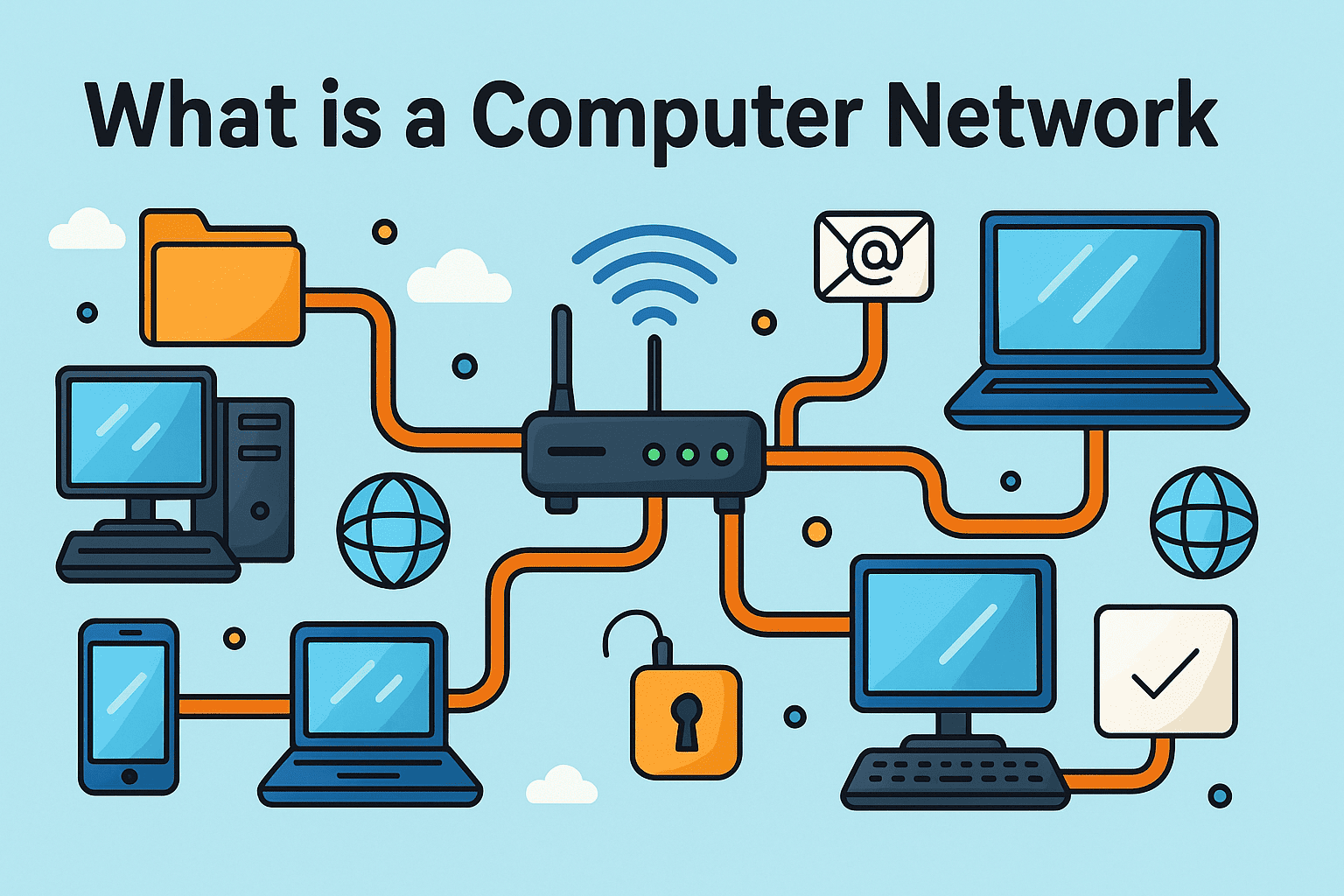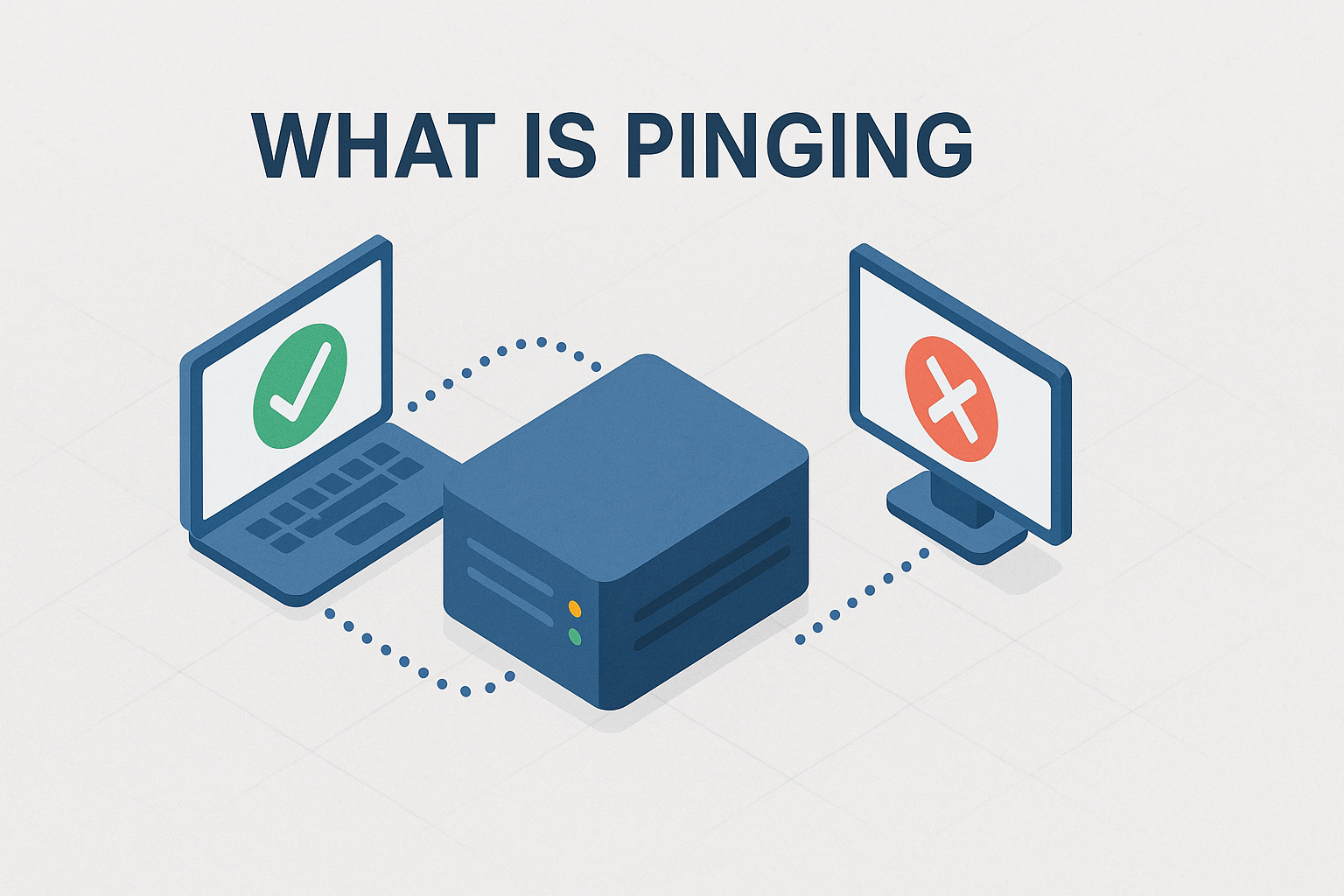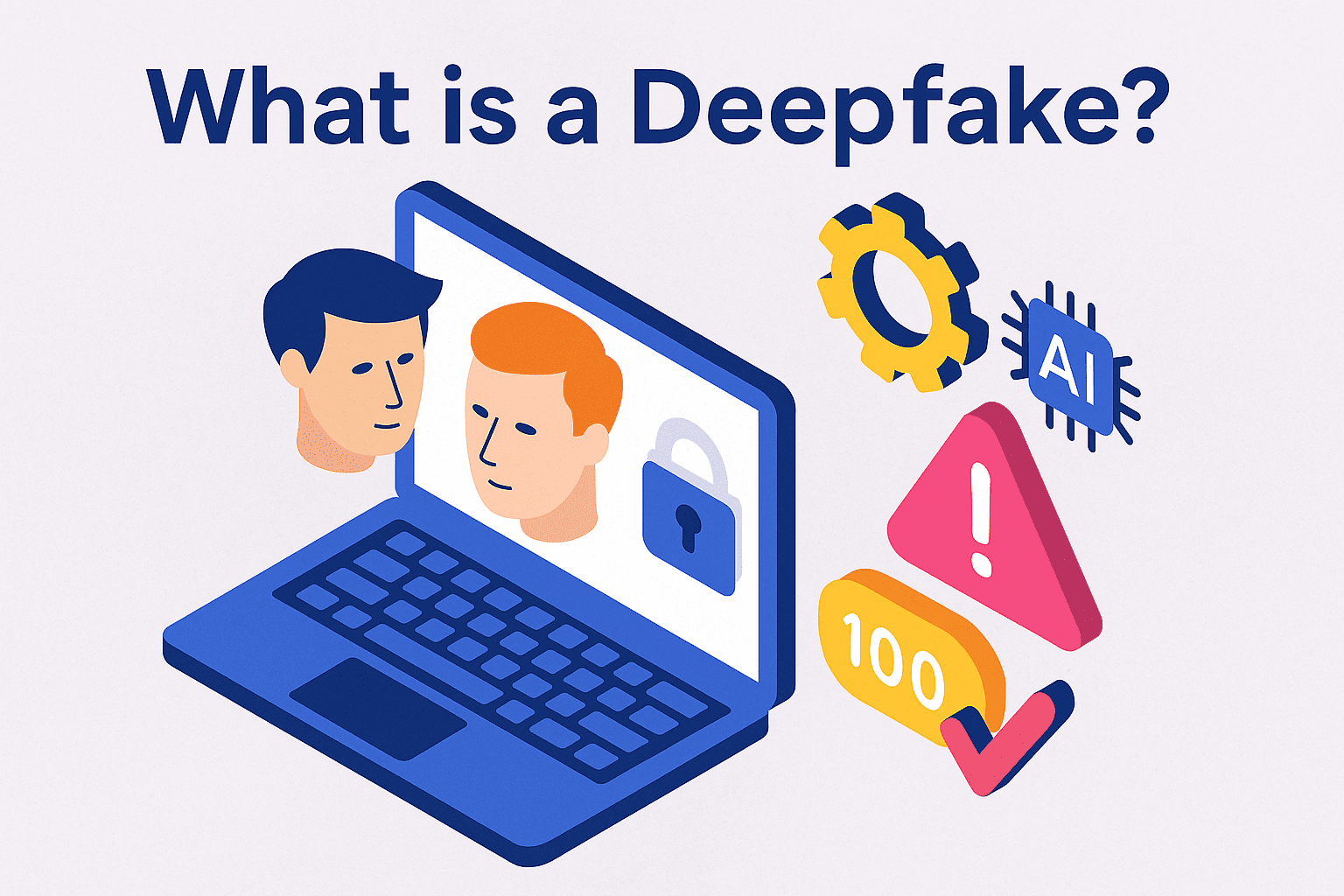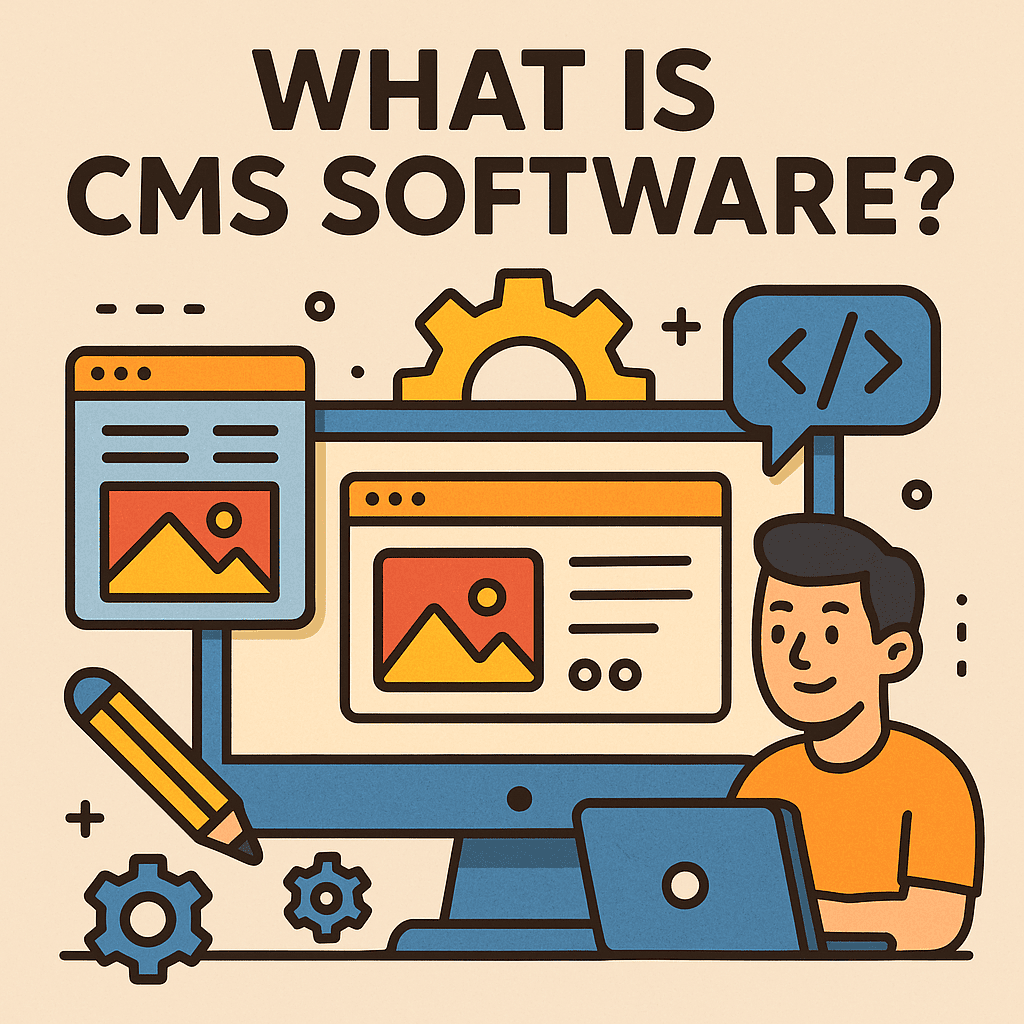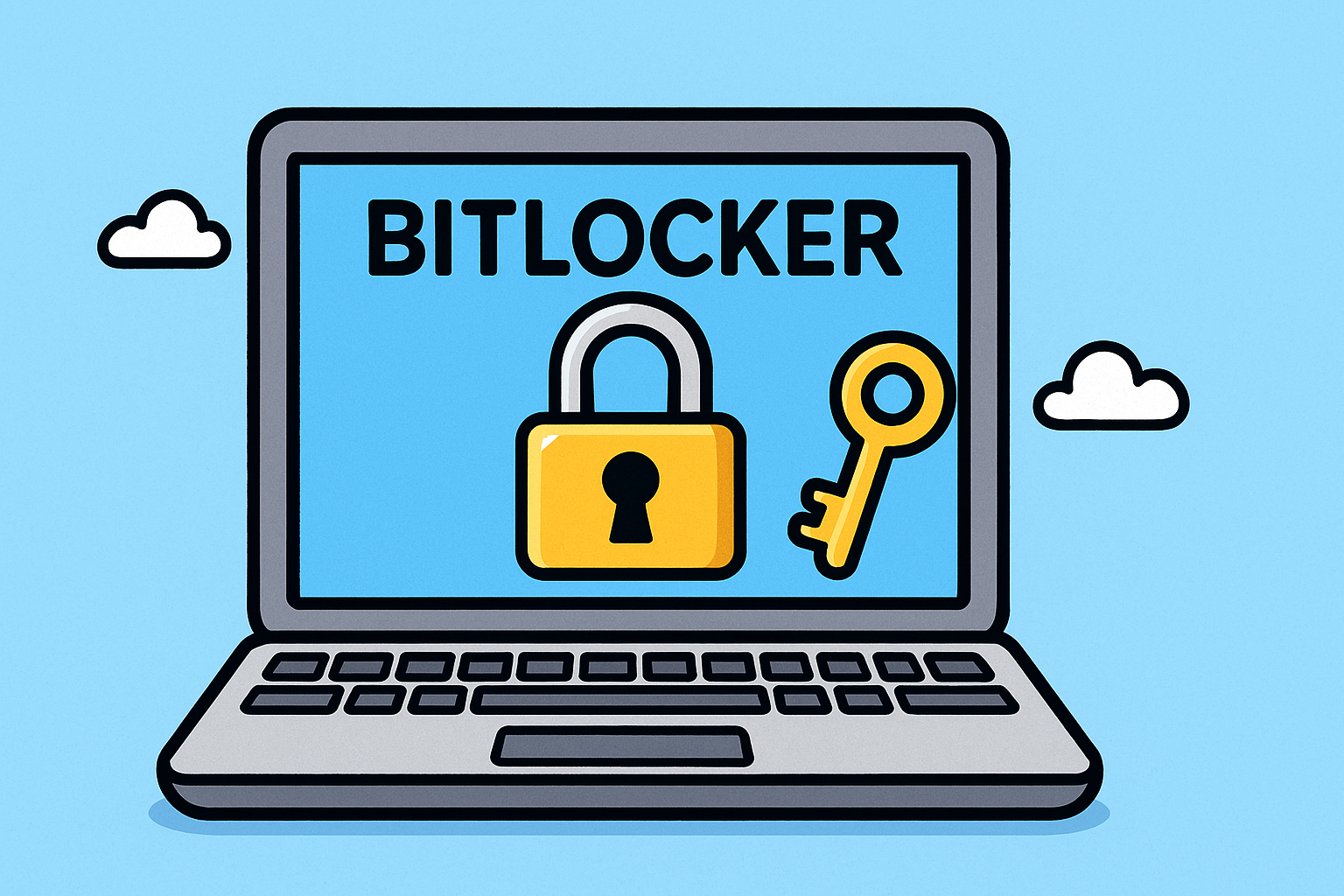What is Cybercrime?
Updated on June 4, 2025, by Xcitium
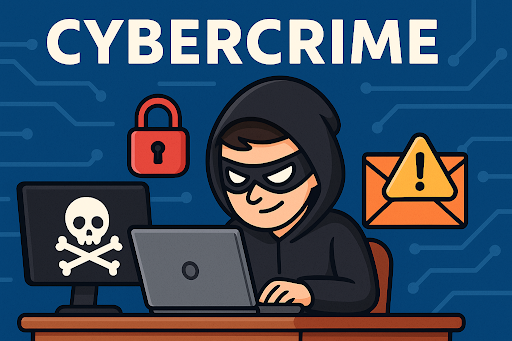
Have you ever wondered how a single click on a phishing email could cost a business millions? That’s the power and danger of cybercrime. Defined as illegal activities carried out using computers or the internet, cybercrime has evolved into one of the most pressing threats in today’s digital world.
Whether it’s a data breach, ransomware attack, or financial fraud, cybercrime affects individuals, corporations, and governments alike. Understanding what cybercrime is and how to protect against it has become essential for IT managers, CEOs, and cybersecurity professionals.
Types of Cybercrime
Cybercrime comes in many forms, each designed to exploit weaknesses in technology or human behavior. Here are the most common types:
1. Phishing Attacks
- Fake emails or websites that trick users into providing personal or financial information.
2. Ransomware
- Malicious software that encrypts data and demands a ransom for its release.
3. Identity Theft
- Criminals steal personal information to commit fraud or gain unauthorized access to sensitive systems.
4. Distributed Denial-of-Service (DDoS) Attacks
- Overload systems with traffic to disrupt services.
5. Cyber Espionage
- Stealing confidential information from governments or corporations for competitive or political gain.
6. Malware and Viruses
- Programs designed to damage or gain unauthorized access to computers.
How Does Cybercrime Impact Businesses?
Cybercrime can devastate organizations both financially and reputationally. Here’s how:
- Financial Losses: Direct theft, ransom payments, and recovery costs.
- Reputational Damage: Loss of customer trust and loyalty.
- Operational Disruption: Downtime caused by attacks can halt business activities.
- Legal Consequences: Non-compliance with data protection laws may lead to fines.
Real-World Example:
In 2021, the Colonial Pipeline ransomware attack disrupted fuel supplies across the U.S. East Coast, resulting in millions in losses and highlighting the vulnerability of critical infrastructure.
What Motivates Cybercriminals?
Understanding motives can help in defending against cybercrime:
- Financial Gain: Most attacks are monetarily driven.
- Political Agenda: Hacktivist groups target institutions for ideological reasons.
- Corporate Espionage: Competing firms may engage in cybercrime to gain an edge.
- Thrill-Seeking: Some hackers are motivated by challenge or recognition.
How to Protect Against Cybercrime?
Combating cybercrime requires a multi-layered approach combining technology, training, and policies. Here’s how to stay ahead:
1. Invest in Cybersecurity Solutions
- Deploy firewalls, antivirus software, and endpoint detection systems.
- Use advanced threat protection platforms.
2. Employee Education
- Conduct regular training on phishing, password hygiene, and suspicious activities.
3. Implement Strong Access Controls
- Use multi-factor authentication (MFA).
- Assign role-based access to sensitive systems.
4. Regular Backups
- Ensure encrypted backups are stored offsite and tested regularly.
5. Patch and Update Software
- Keep all systems and applications up to date to prevent exploits.
6. Develop a Response Plan
- Prepare an incident response strategy and simulate cyberattack drills.
Role of IT Managers and CEOs in Cybercrime Prevention
IT Managers:
- Monitor systems for vulnerabilities.
- Lead the implementation of cybersecurity protocols.
- Collaborate with legal and compliance teams.
CEOs / Founders:
- Foster a culture of security from the top down.
- Allocate resources toward robust cybersecurity infrastructure.
- Understand the business implications of digital threats.
By Industry: Cybercrime Threat Levels
Financial Sector:
Highly targeted due to sensitive financial data and large transaction volumes.
Healthcare:
Patient data is lucrative and often lacks adequate security measures.
Manufacturing:
Increasing attacks on supply chains and operational technologies.
Government & Defense:
Prime targets for cyber espionage and political attacks.
Trends in Cybercrime
- Rise in AI-Powered Attacks: More sophisticated phishing and social engineering.
- Increase in Supply Chain Attacks: Targeting third-party vendors.
- Growth in Zero-Day Exploits: Attacks using unknown vulnerabilities.
- Deepfake and Voice Spoofing: Emerging threats to authentication methods.
Cybercrime Laws and Compliance
Key Regulations:
- GDPR (Europe)
- CCPA (California)
- HIPAA (Healthcare Data)
- PCI-DSS (Payment Card Data)
Non-compliance can lead to severe fines, business restrictions, and legal actions.
Conclusion
Cybercrime is not just a technical issue; it’s a business risk that demands attention from every level of an organization. By understanding the threat landscape and implementing proactive security measures, you can reduce your risk and protect your most valuable assets.
Ready to strengthen your defenses?
Request a Demo and learn how Xcitium can safeguard your digital environment.
Frequently Asked Questions (FAQ)
1. What is cybercrime in simple terms?
Cybercrime refers to illegal activities that involve a computer, network, or digital system to commit fraud, theft, or other criminal acts.
2. How can I protect myself from cybercrime?
Use strong passwords, enable multi-factor authentication, avoid suspicious emails, and keep software updated.
3. Why is cybercrime increasing?
More people and businesses are online, and cybercriminals use advanced tools to exploit vulnerabilities.
4. What are the most common types of cybercrime?
Phishing, ransomware, identity theft, DDoS attacks, and malware are among the most common.
5. Who investigates cybercrime?
Authorities like the FBI, Interpol, and national cybersecurity agencies typically handle cybercrime investigations.





